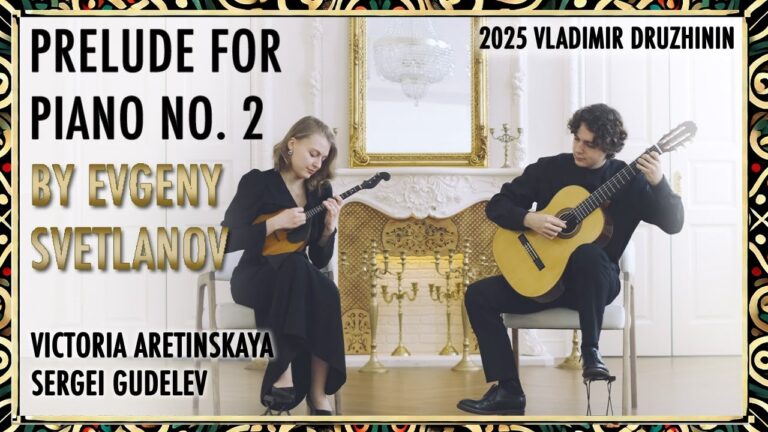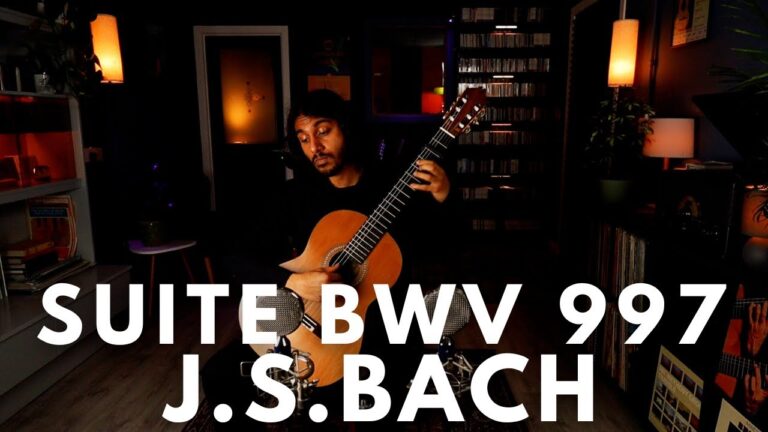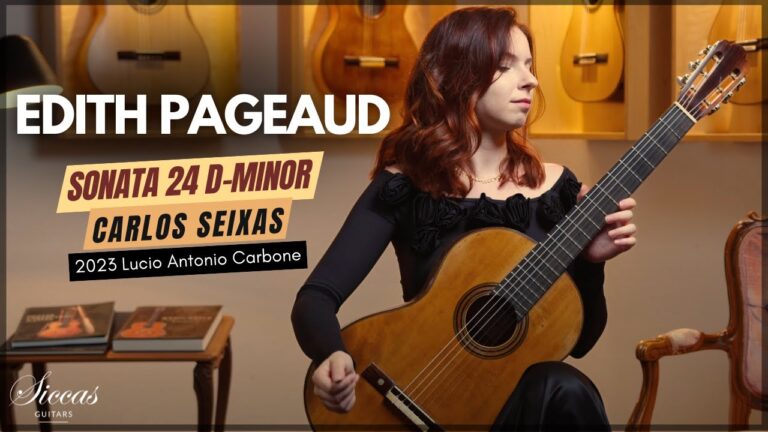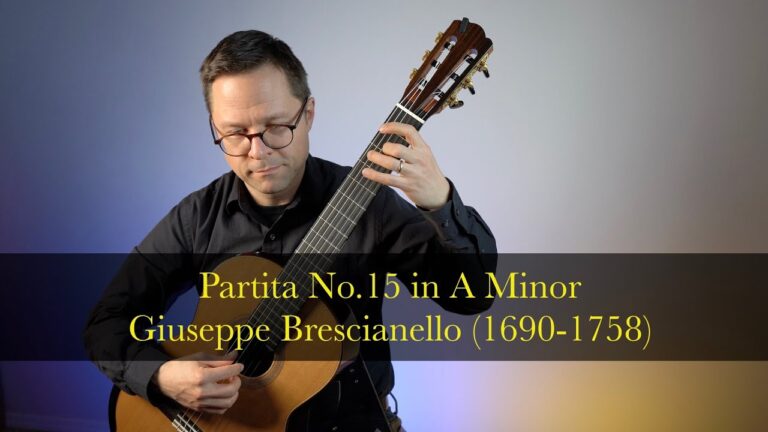Marten Root (traverso), Doretthe Janssens (traverso), Mieneke van der Velden (viola da gamba), Mike Fentross (theorbo) perform Trio Sonata in G major BWV 1039 by Johann Sebastian Bach (1685-1750). This comes via the amazing Netherlands Bach Society and their YouTube from their project All of Bach. One of my most watched YouTube channels. I love early music and posting it here highlights the important role that lutes and early guitars had in playing basso continuo (basslines, harmony, and more) for ensembles. The Adagio e piano is particularly beautiful in this work. Here’s their info via YouTube:
This Trio sonata for two flutes and basso continuo BWV 1039 also exists in a version for viola da gamba and harpsichord. Researchers suspect, however, that neither version is the original. It may originally have been a trio sonata for two violins and basso continuo, although it is far from certain. The final movement of the sonata also exists in a version for organ (BWV 1027a), dating from the 1730’s.
The reason for all these different versions is clear: like the other trio sonatas, this is a balanced work full of nice melodic and harmonic inventions. So who wouldn’t want to play it? Although the other trio sonatas also exist in versions for different instruments, this is the only one for two flutes. In Bach’s day, the transverse flute, or traverso, was a popular instrument with the upper middle classes and the nobility, and this sonata gave (and still gives) the opportunity of enjoying Bach’s music to two flautists, rather than just one.
NBS on YouTube
- 0:00 Adagio
- 3:20 Allegro ma non presto
- 6:58 Adagio e piano
- 8:52 Presto




